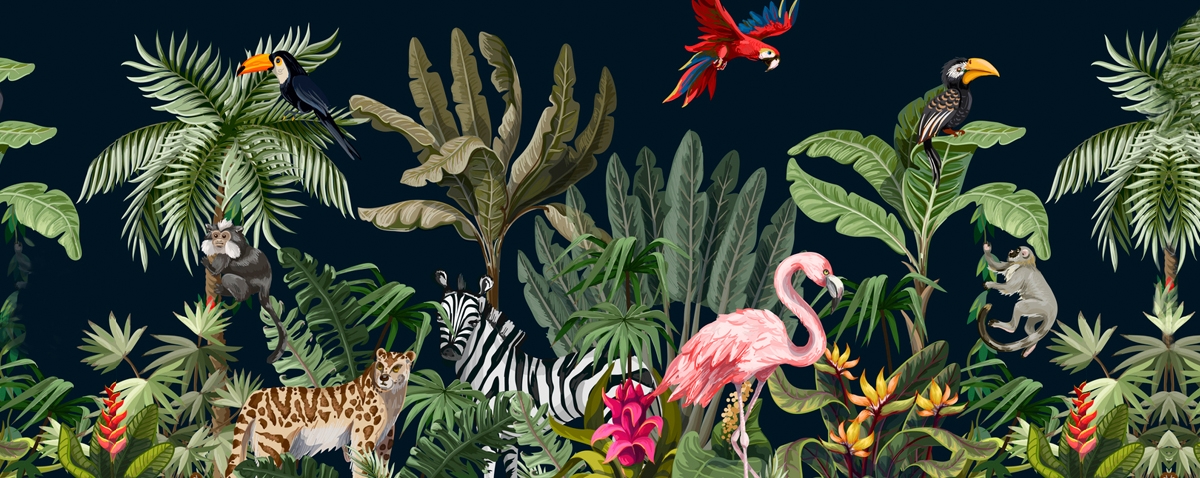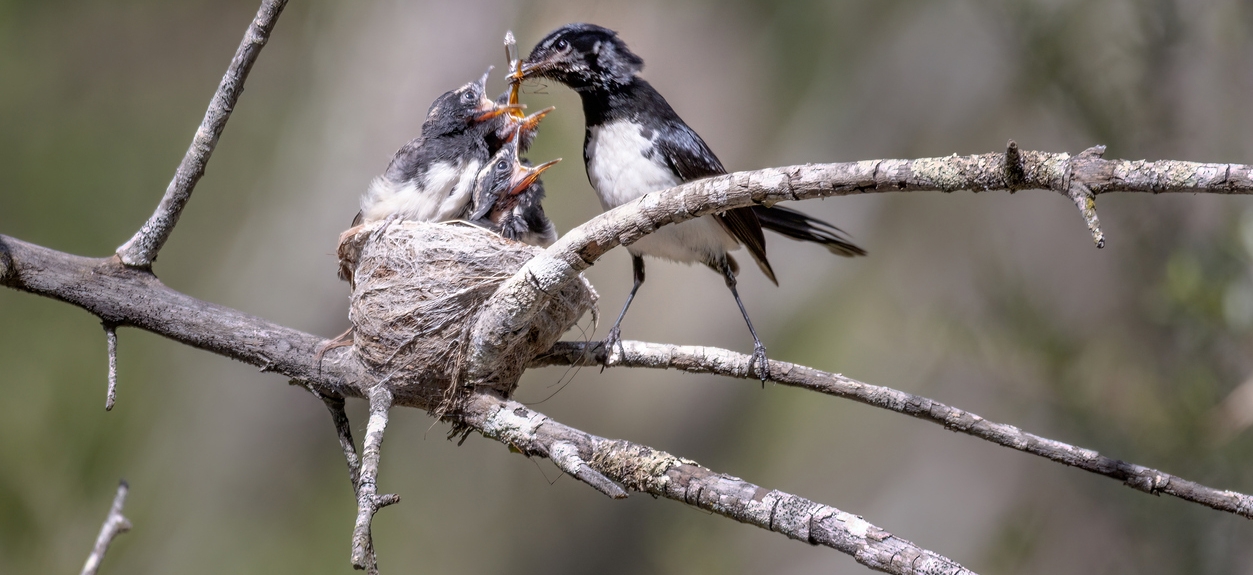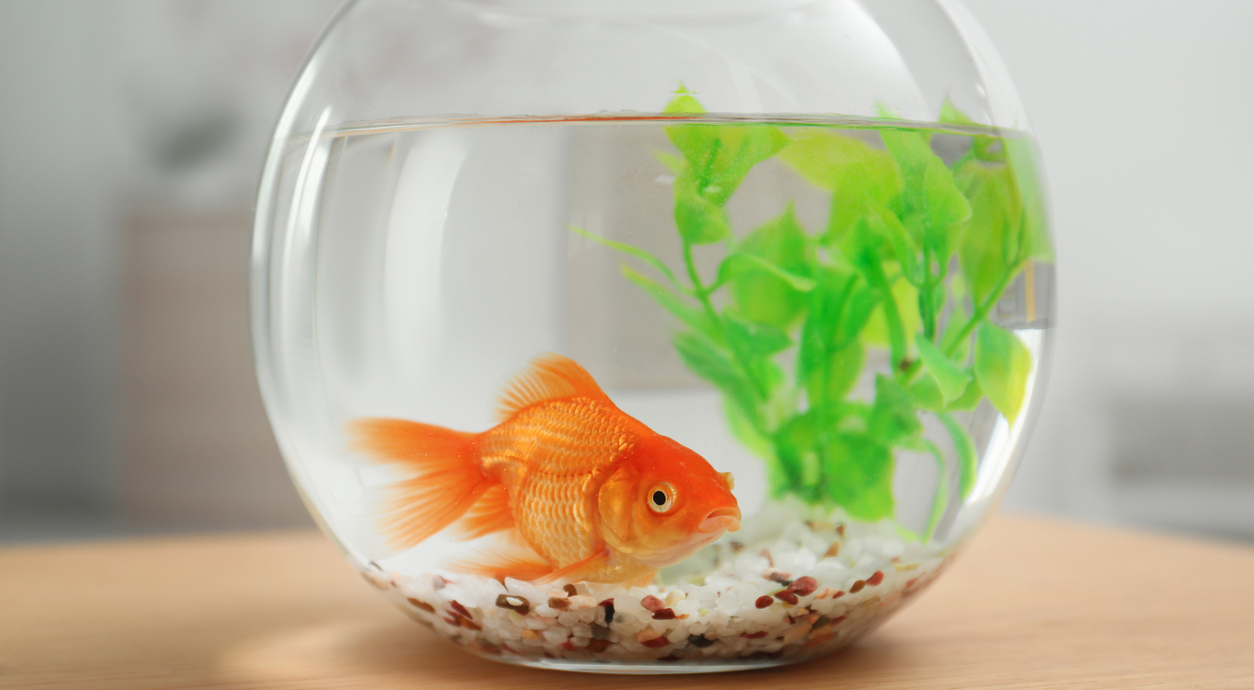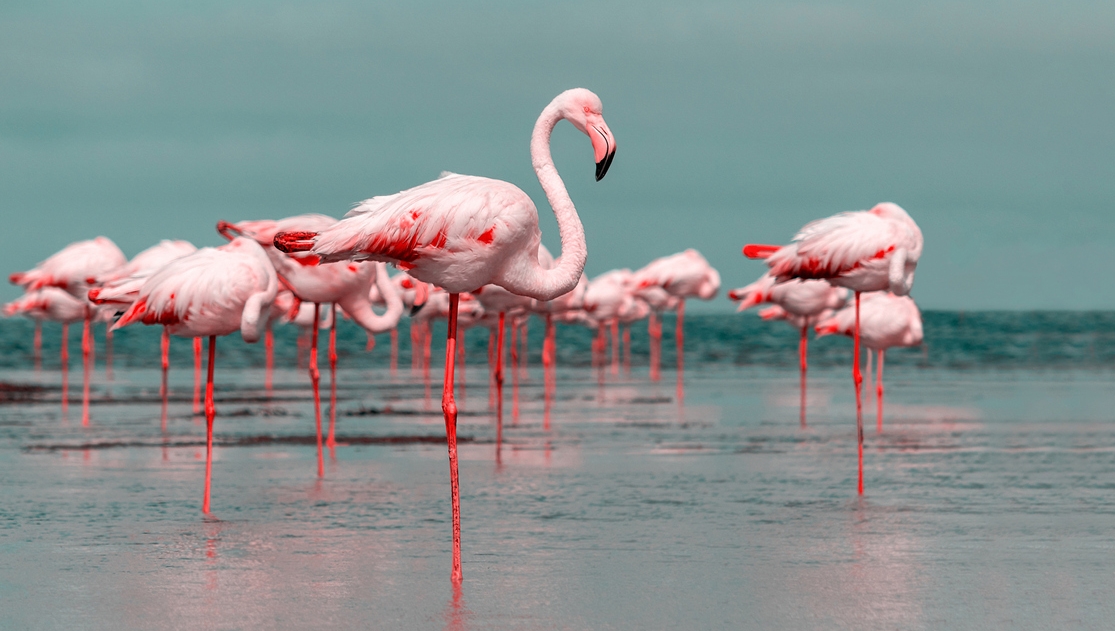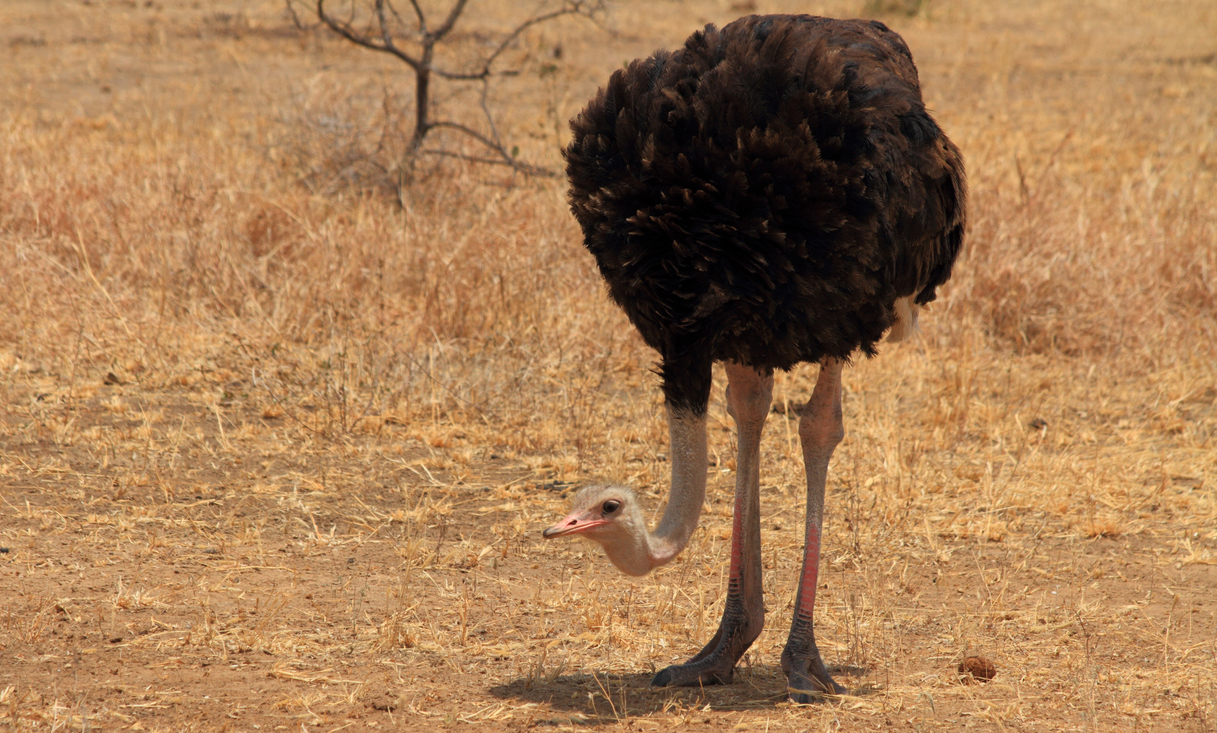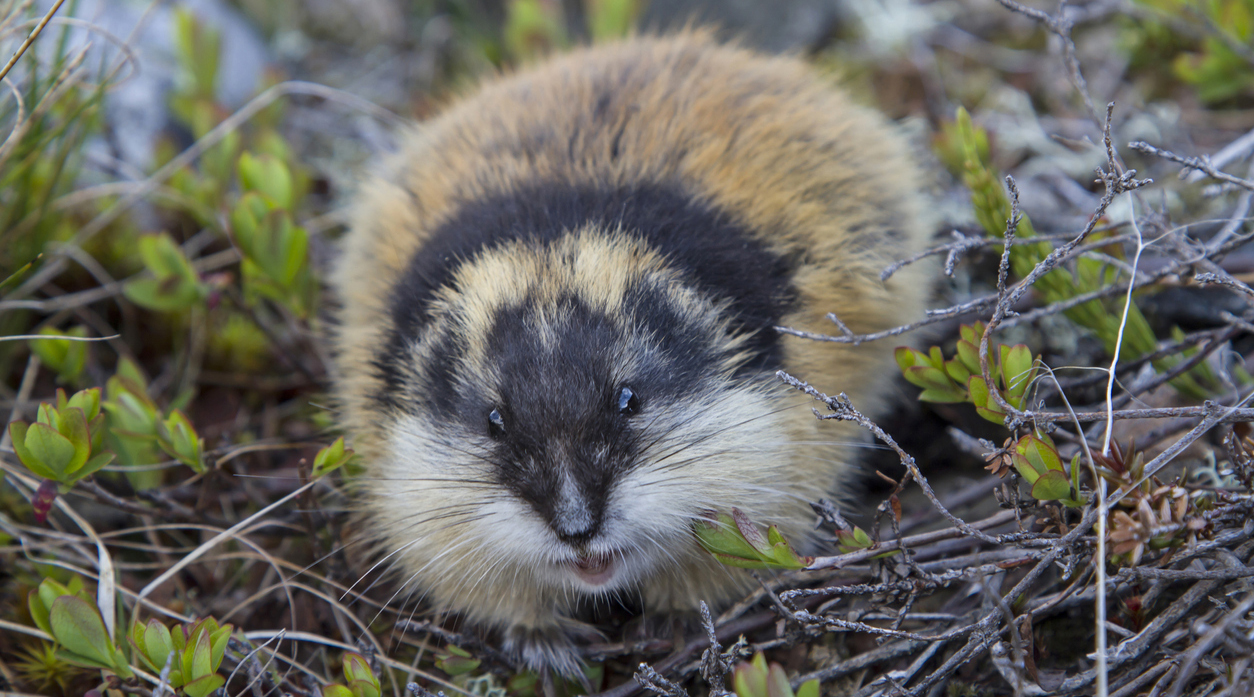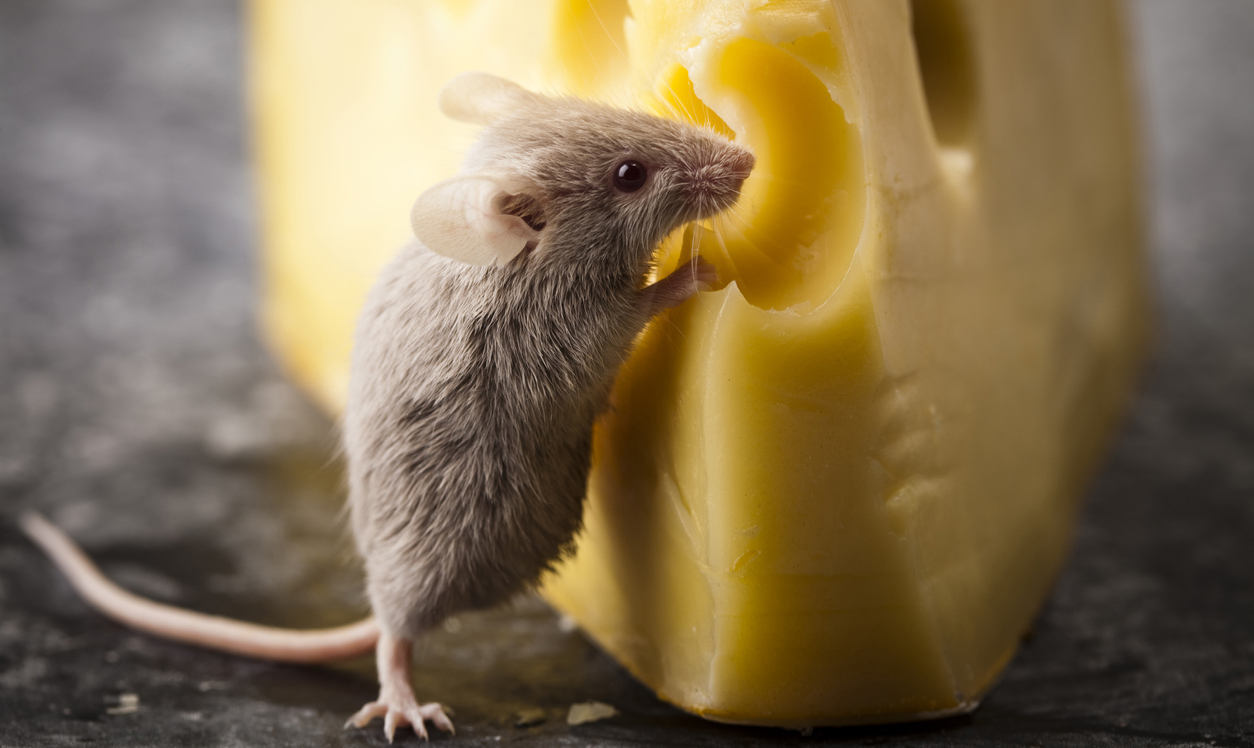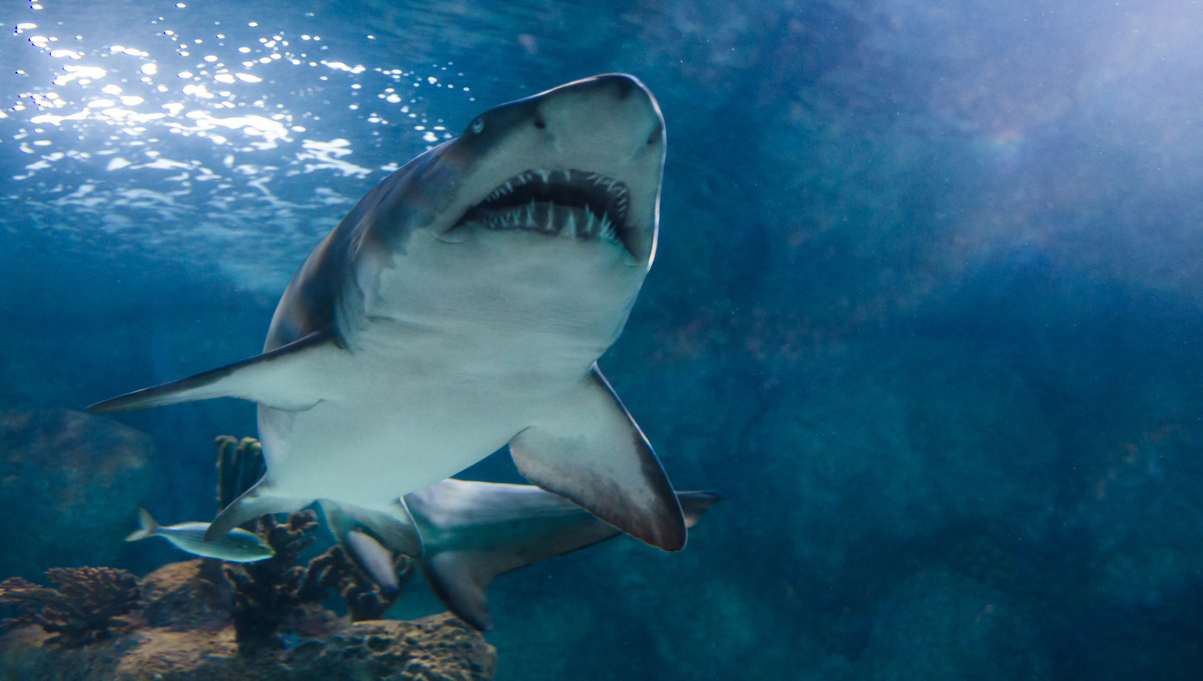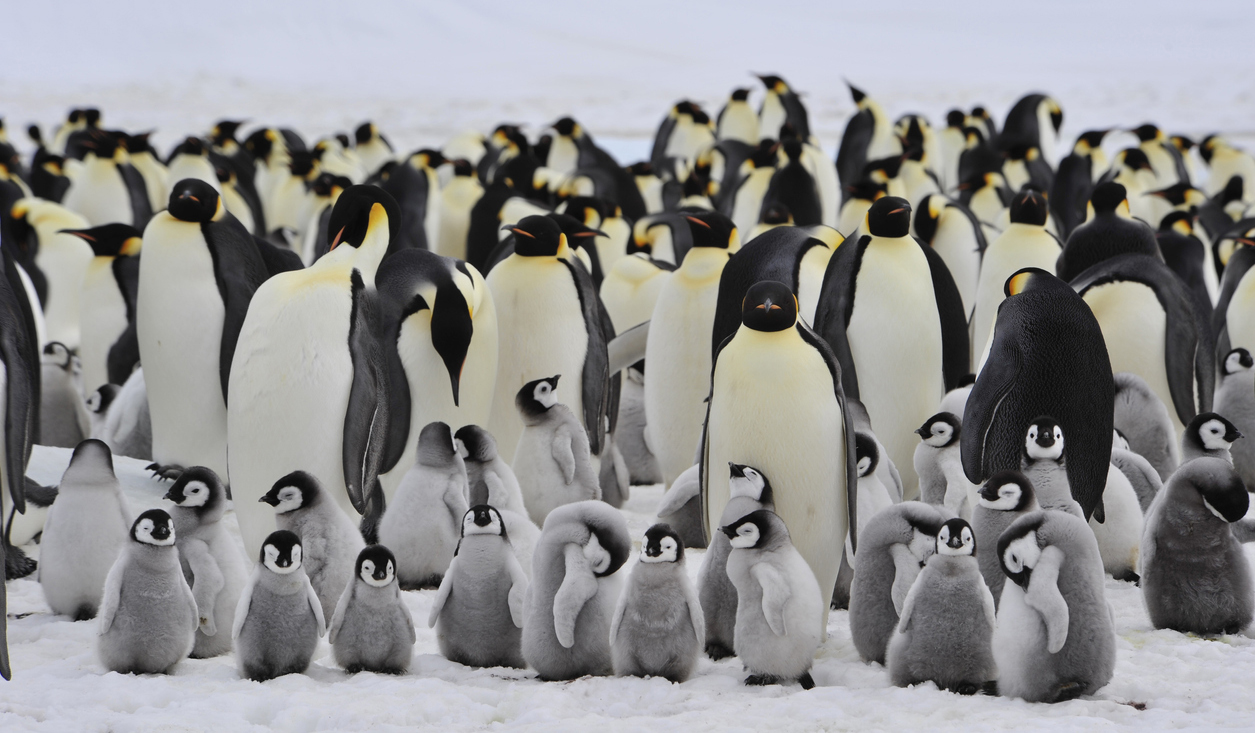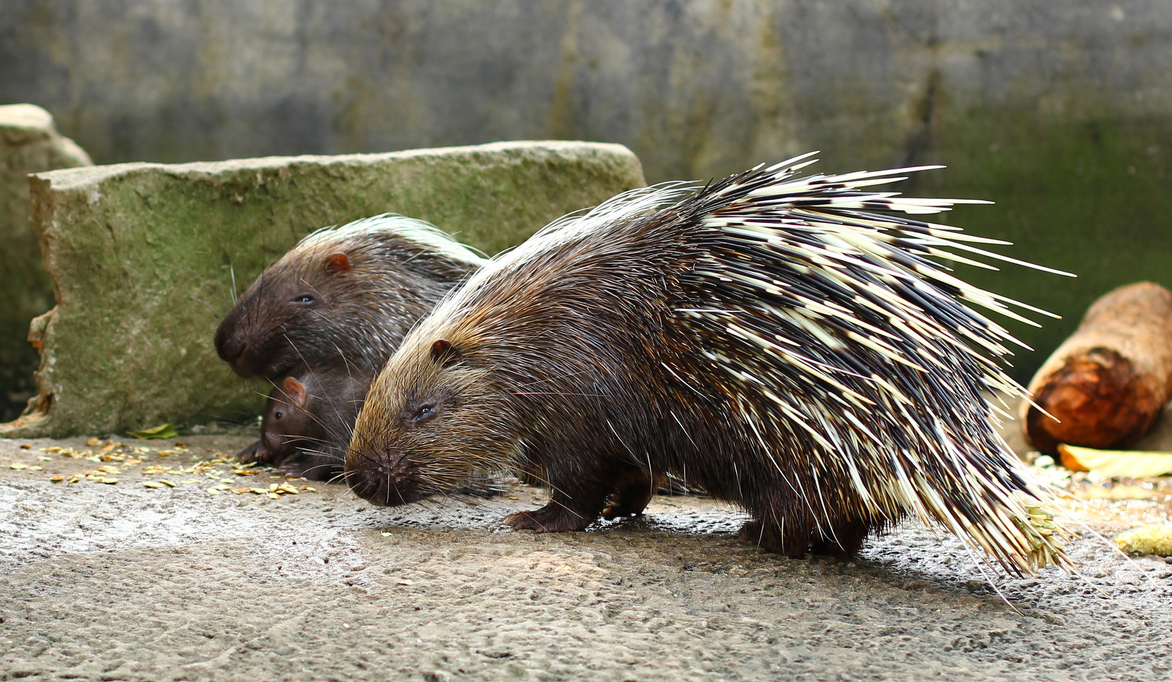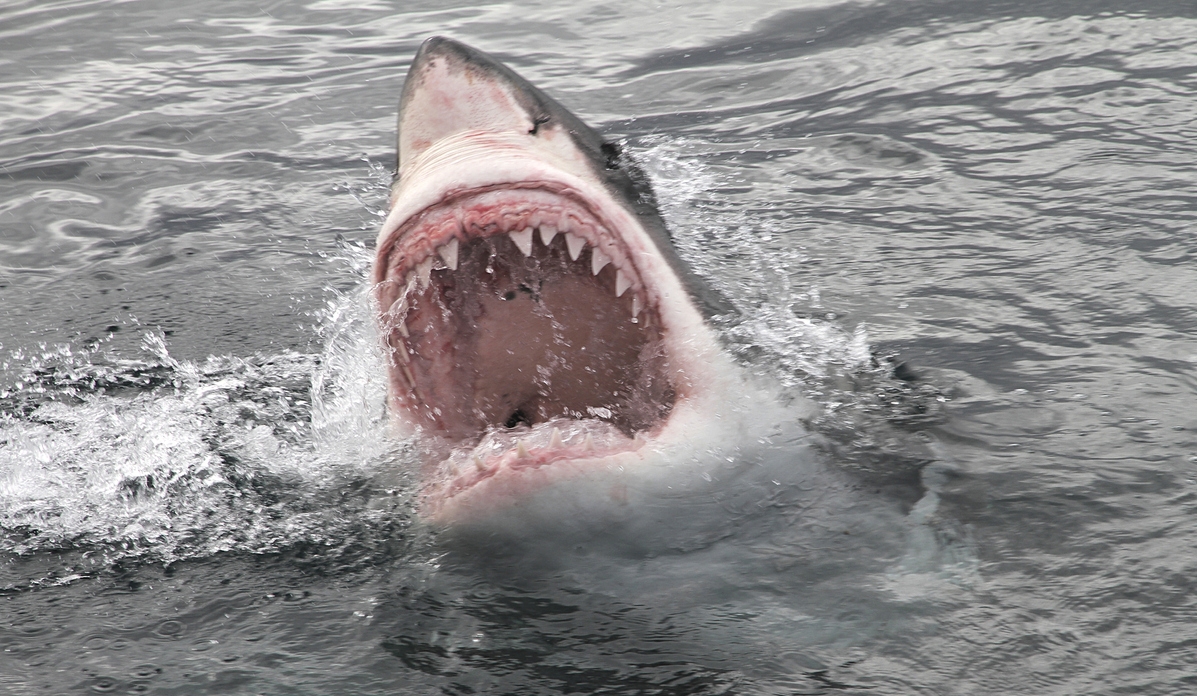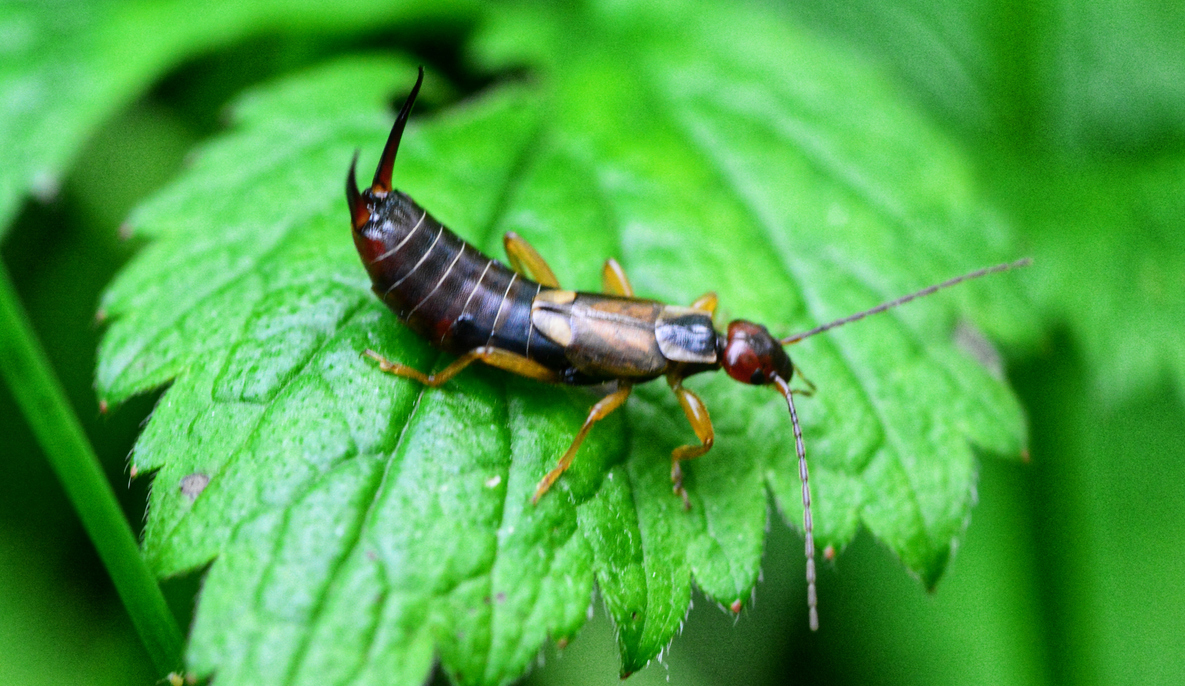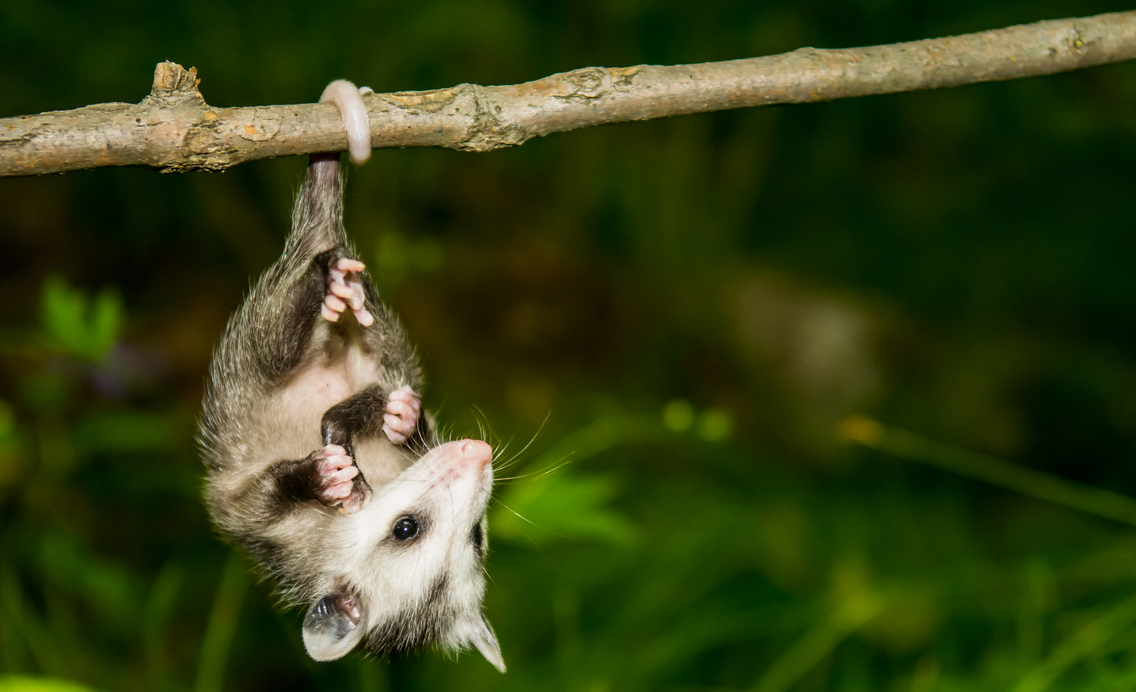Background
An animal kingdom is a vast group of millions of different species of animals. Each year, thousands more species are discovered. Whatever their size, shape, or way of life, they all have some things in common. Their bodies are made up of many cells, and they have nerves and muscles, which they use to move and respond fast to the world around them. They also eat food to gain the energy they need in order to live and survive.
With the many species of animals in the world, there are also lots of facts about them that are backed by studies done by scientists and researchers. Animals also sometimes do pretty strange things. For example, giraffes clean their eyes and ears using their tongues, snakes can see through their eyelids, and some snails can hibernate for as long as three years. [1] Facts like these are truly amazing, right? However, not all things about animals that you read online or hear from other people are true. There are times that they are just myths without any proof or just plain misunderstanding, and our quest for knowledge can sometimes lead to misguided conclusions.
To help put an end to misinformation about animals, we have gathered in this post some of the common myths about them that most people believe.
Myth #1: Camels store water in their humps.
Camels are known for their ability to survive weeks at a time without the need to drink water. It is a capability that makes them useful for people who are traveling across arid environments. This skill earned them the nickname “ships of the desert.” In addition to that, camels are also popular due to their humps, with either one or two humps, depending on the species.
This led a lot of people to believe that camels use their humps to store water for access at a later time. But this is actually just a myth. The humps of camels are actually used to store fatty tissue and not water. The fatty tissue is used as a source of nourishment when food is scarce. Also, even though their humps do not store water, camels are still incredibly efficient in the amount of water they use per day, helping them go about a week without drinking. This is due to the oval-shaped blood cells that allow them to consume large amounts of water. In fact, they can drink up to 30 gallons of water in one sitting as their cells are more flexible and can change shape more easily. [2]
Myth #2: Bats are blind.
Bats are known to hunt in the dark using echolocation. It means that they use echoes of self-produced sounds bouncing off objects to help them navigate. However, this does not mean they are unable to see. In contrast to the popular myth, bats are not blind. According to research, depending on the circumstances, there are times when bats prefer using their eyesight to sound when hunting. Also, a lot of fruit bats that drink nectar rather than hunt insects do not echolocate at all. They have sharp visions, and some can even see ultraviolet light. [3]
Myth #3: When a baby bird is touched by a human, its mother will abandon it.
According to a popular myth, humans should not touch or pick up baby birds because if they do, the mother bird will smell the residue of their hands on her baby and leave its chick there to die. However, that is incorrect. Based on biologists, birds do not have a very strong sense of smell. In fact, in contrast to that belief, most bird parents are unlikely to abandon their chicks over a little human fiddling. Birds are quite dedicated to their young and not easily discouraged from caring for them.
However, even if this myth is not true, you should still not go around picking up every baby bird that you see. Even if they may look stranded, their parents are always hiding close by. It is very common for young birds to leave the nest before they are ready to hit the skies. [4]
Myth #4: Bulls are enraged by the color red.
Many of us believe that bulls do not like the color red. That is why a red cloth is used by a matador during bullfighting. The color red is also commonly associated with anger or aggressiveness. However, it is not true that bulls are enraged by the color red. In fact, bulls are color-blind to the color red. If this is the case, why are bulls enraged by the red cloth? They are infuriated with the aggressive whipping of the cloth or Muleta as it irritates them. It causes the “fight or flight” response of the bull to become activated.
The fight or flight response is also known as the stress response. It is a reaction that occurs in response to a situation where you feel you are in danger. Since the bull is surrounded by many people in the audience who are shouting and creating noise, it becomes irritated and consumed. As it scans its surroundings, its brain will register that it’s not a calm and safe environment. Therefore, once the matador whips the cloth aggressively, the brain of the bull will associate the movement with danger, causing the bull to charge and attack the cloth. [5]
Myth #5: Leave wasps alone, and they will leave you alone.
This myth can be true for furry bumblebees. However, it is not very true for wasps such as yellowjackets. It’s because wasps are known to sting even when they are unprovoked. Their aggression can be due to different factors, such as proximity to their nest, season, and previous unrelated injury. Therefore, if you see a wasp nest nearby, it is better to go far from them. [6]
Myth #6: Goldfish only have a three-second memory span.
If you love taking care of fish, you’ve probably heard of the “fact” that the memory of goldfish only spans three seconds long. But this is just a myth, and it is not actually true. According to scientists, goldfish memory spans are nowhere near as short as three seconds. In fact, a goldfish can remember things for at least five months.
Two separate studies about goldfish memory have proven that their memory lasts for more than just three seconds. In the first study, scientists added a lever to a goldfish tank, which dispensed food when pressed. When the goldfish learned to press the level, they would return to it regularly to get more food. Amazingly, the goldfish being studied learned to press the lever at the right time of the day.
The second study used sound to train a fish. A specific sound was played every time the fish were given food. This caused them to associate that sound with food. After that, they were released into the wild for around five months. Then, after five months, the sound was played again, and the fish went back to their original feeding place. These studies prove that goldfish memory is not just three seconds long. This means that this myth is busted. [7]
Myth #7: Bears hibernate.
Hibernation is when animals sleep through the winter season. During hibernation, their body temperature, heart rate, and breathing drop to lower levels. This is done by animals to survive the winter as the weather is cold and food is scarce. It is advantageous as they can literally shut off themselves for weeks at a time instead of trying to survive through the harsh weather conditions.
A lot of people believe that bears are hibernators, but they are not. But bears participate in a similar but not exact practice called torpor. During this practice, the heart rate and breathing of a bear decrease, and its body temperature reduces slightly. They also do not eat or release bodily waste. They can sleep for over 100 days without drinking, eating, or passing waste. They are able to turn their pee into protein via a urea recycling process. It is broken down, and the nitrogen is reused by the bear to rebuild protein.
Its difference from hibernation is that during torpor, the bear is able to wake up easily if hurt or threatened by predators. Also, pregnant female bears can wake up from torpor to give birth and then sleep again afterward. [8]
Myth #8: Flamingos stand in the water on one leg, so they don’t get cold.
Flamingos are among the most charming animals in the world. They also look cool, especially with their habit of standing around on one leg all the time. According to a popular myth, flamingos stand in the water on one leg so that they don’t get cold. However, this is not actually true as they still stand on one leg even when not in the water.
Based on researchers, flamingos have a great reason to stand on one leg, and that is it is just easier for them. For humans, it is tiring to stand on just one leg, but it is surprisingly comfortable for flamingos. According to studies, like dolphins and other animals, only one side of the flamingo’s brain sleeps at a time. Therefore, it is possible that they lift up a leg on only one side as it is on the resting side. [9]
Myth #9: Ostriches hide their heads in the ground when they are scared.
In contrast to the popular myth, ostriches do not bury their heads in the sand when they are scared or threatened. In fact, when an ostrich senses a threat and can’t run away, what it will do instead is it will flop to the ground and remain still, trying to blend in with the terrain. However, from time to time, you might see an ostrich looking as if it has its head in the sand. They do this not because they are scared but due to other reasons.
Ostriches dig shallow holes in the sand as they use it as nests for their eggs. They use their beaks several times a day to turn the eggs in the nest, which creates the illusion of burying its head in the sand. [10] Aside from that, some of them also swallow sand and pebbles to aid their digestion.
Myth #10: Lemmings commit mass suicide.
Lemmings are small creatures with wild reputations. In the 17th century, naturalists were mystified by the habit of Norway lemmings suddenly appearing in large numbers out of nowhere. There are also some people who think that these animals explode when they get very angry, but of course, that is also a myth. But there is a myth that has held on persistently, which states that herds of lemmings commit mass suicide by jumping off coastal cliffs. That instinct drives them to kill themselves whenever their population becomes large.
This myth is not true as lemmings do not commit suicide. Lemmings have large population booms every three to four years. When their population becomes too high in one place, a large group will set out in search of a new home. They are able to swim. Therefore, when they reach a water obstacle, such as a river or a lake, they will try to cross it. Sometimes, a few of them drown, but it is not suicide. The myth only endured due to the 1958 Disney documentary titled “White Wilderness.” Eager for dramatic footage, they staged a lemming death plunge, pushing dozens of the animals off a cliff while the cameras were rolling. [11]
Myth #11: Mice love cheese.
The belief that mice love to eat cheese has been around for a very long time. It is often shown in cartoons how mice are always lured by a piece of cheese when getting chased. However, in reality, mice are not cute cartoon characters. They are rodents, and most rodents usually eat a diet of fruits, vegetables, and grains. Also, mice live in places where foods are easiest to find. This means that they will eat just about anything, including insects, other animals, and of course, cheese.
But do mice love cheese over other available foods? According to scientists, the answer is no. Also, based on scientific studies, mice like foods that have lots of sugar. Since cheese is not sweet, most mice will prefer to eat a piece of chocolate instead of a hunk of cheese. This myth might have started many years ago, during the time when people stored cheese in areas that were easily accessible to mice. [12]
Myth #12: Sharks die if they stop swimming.
While it is true that sharks do not have a swimming bladder, which is an organ used by other fish to control their floatation, it does not mean that they will die when they stop swimming. When a shark stops swimming, it will only fall to the bottom of the sea but will not die as its body can withstand great pressure. There are shark species that need to keep themselves in motion to push oxygenated water towards their gills. Therefore, sharks will not die when they stop swimming. They will just stop floating. [13]
Myth #13: Penguins fall backward when they look up at airplanes.
Based on a legend, British pilots buzzing around islands off South America saw penguins falling backward like dominoes as they looked skyward. This myth is busted by an experiment that tested the story. Based on the experiment, penguins are perfectly capable of maintaining their balance even if they are watching airplanes. However, remember that low-flying airplanes can cause penguins to panic and leave their nests, which is not funny. [1]
Myth #14: Touching a frog or toad will give you warts.
Lots of toads and frogs have bumps on their skin that look similar to warts. With this, some people believe that these bumps are contagious warts. However, that is not true. According to dermatologists, warts are caused by a human virus and not by frogs or toads. However, note that the bumps behind a toad’s ears can be dangerous as they contain a nasty poison that irritates the mouth of their predators and mostly the skin of humans. They may not cause warts but may cause other skin ailments. [1]
Myth #15: Felines and canines are color blind.
It has been long believed that cats and dogs have limited visions and can only see specific colors. However, that is not very true. In fact, cats and dogs have much better color eyesight than we thought. These animals can see the shades of blue and green. Cats have more light-sensing cells in their eyes compared to humans, which enables them to see well in low-light situations. Dogs, on the other hand, have fewer color-sensing cells in the eyes, making their vision quite similar to someone who has red-green colorblindness. [14]
Myth #16: Porcupines can shoot their quills.
Porcupines do have quills, but contrary to popular belief, they are unable to shoot them. These quills are mixed onto their sides, back, and tail and lay flat unless they are threatened. Surprisingly, the hair of porcupines is quite soft. Some people may have believed this myth because the quills of porcupines detach quite easily when touched. [14]
Myth #17: Chameleons blend in with their surroundings.
These animals do change their colors, and the colors mostly match the environment they are in. For instance, if they are green and sitting among leaves, you might not notice them immediately. However, chameleons do not have the ability to blend, for example, with a checkerboard tablecloth, which is sometimes shown in cartoons. Their color changes when they shift in temperature or mood. For example, a chameleon might turn dark when it feels aggressive or pale when it is hot. However, these colors have nothing to do with what is around them. [14]
Myth #18: Sharks can smell blood from a mile away.
Bleeding near a shark is truly dangerous. However, it is only a myth that they are able to smell blood from a mile away. A shark will not hunt down a bleeding person if he or she is not near it. Even if sharks have an incredible sense of smell, that is still far from sensing an ocean’s worth of possible prey. [14]
Myth #19: Earwigs bury into the ears.
Earwigs have a bad reputation. It’s because, since ancient times, they have been said to crawl into the ears of people who are sleeping. Some even believe that they burrow inside the brain. That is also where their name came from. Well, it can be true that earwigs crawl into the ears, but so can a lot of other bugs, such as spiders, bed bugs, moths, and ticks.
Therefore, this is just a myth because it is extremely rare for an earwig to wiggle into an ear. Also, these bugs will not burrow into the brain as they do not have the ability to do so. Lastly, earwigs prefer to live in spaces where there is moist rotting wood, which is not found inside a human’s ear. [15]
Myth #20: Opossums hang by their tails.
It is only a myth that opossums hang by their tails, which are mostly seen on cartoon television shows. Opossums actually create dens in logs, trees, rock crevices, and other places that are cozy to sleep in. While baby opossums can hang from their tails, they can only do it for a couple seconds. Adult opossums, on the other hand, are too heavy to hang by their tails. They only use their tails to keep their balance as they use their legs to climb. [14]
Conclusion
These are some of the most popular myths about animals that many people believe. It is important to learn about what is true and what is not when it comes to animals. This way, we can further understand how they behave and as well as how to deal with them in certain situations. If you have believed some of the myths that we’ve mentioned in this post, now you know the truth behind them and can also help in stopping misinformation.
References
[1] Lovgren, S. (2021, February 16). Animal myths busted. Nature. Retrieved July 25, 2022, from https://kids.nationalgeographic.com/nature/article/animal-myths-busted
[2] Gonzalez, N. (n.d.). Do camels store water in their humps? Encyclopædia Britannica. Retrieved July 25, 2022, from https://www.britannica.com/story/do-camels-store-water-in-their-humps
[3] Pappas, S. (2016, September 6). Are bats really blind? LiveScience. Retrieved July 25, 2022, from https://www.livescience.com/55986-are-bats-really-blind.html
[4] Eveleth, R. (2011, December 6). Do birds really abandon their chicks if humans touch them? LiveScience. Retrieved July 25, 2022, from https://www.livescience.com/33620-baby-bird-touch-mother-abandon.html
[5] Sahota, E. (2020). Are bulls enraged by the Color Red? Centre of the Cell. Retrieved July 25, 2022, from https://www.centreofthecell.org/blog/science-questions/are-bulls-enraged-by-the-colour-red/
[6] Evergreen, P. J. (2015, May 7). 9 myths about animals you probably think are true. Sierra Club. Retrieved July 25, 2022, from https://www.sierraclub.org/sierra/2015-2-march-april/green-life/9-myths-about-animals-you-probably-think-are-true
[7] Jones, A. (2021, November 4). Do goldfish really have a 3 second memory? The Goldfish Tank. Retrieved July 25, 2022, from https://thegoldfishtank.com/goldfish-info/myth/goldfish-memory-three-second-memory-myth/
[8] Science World, E. (2021, August 11). Do bears actually hibernate? Science World. Retrieved July 25, 2022, from https://www.scienceworld.ca/stories/do-bears-actually-hibernate/
[9] Discovery, E. (2019, August 1). The real reason flamingos stand on one leg. Discovery. Retrieved July 25, 2022, from https://www.discovery.com/nature/Reason-Flamingos-Stand-One-Leg
[10] Cleveland Zoological Society, E. (2020, March 11). Truth or tail: Do Ostriches really bury their head in the sand when scared or frightened? Cleveland Zoological Society: March 11, 2020. Cleveland Zoological Society | March 11, 2020. Retrieved July 25, 2022, from https://www.clevelandzoosociety.org/z/2020/03/11/truth-or-tail-do-ostriches-really-bury-their-head-in-the-sand-when-scared-or-frightened
[11] The Editors of Encyclopaedia Britannica. (n.d.). Do lemmings really commit mass suicide? Encyclopædia Britannica. Retrieved July 25, 2022, from https://www.britannica.com/story/do-lemmings-really-commit-mass-suicide
[12] Rehman, U. (2019). Why do mice love cheese? Wonderopolis. Retrieved July 25, 2022, from https://wonderopolis.org/wonder/why-do-mice-love-cheese
[13] BBVA Open Mind, E. (2019, December 2). Is there any truth in these ten myths about animals? OpenMind. Retrieved July 25, 2022, from https://www.bbvaopenmind.com/en/science/bioscience/is-there-any-truth-in-these-ten-myths-about-animals/
[14] Roland, E., & Laliberte, M. (2019, June 5). 23 “facts” about animals that you have all wrong. Reader’s Digest Canada. Retrieved July 25, 2022, from https://www.readersdigest.ca/culture/debunking-animal-facts/
[15] Moyer Pest Control, E. (2016, May 11). The full truth about earwigs crawling in ears. {{_core.theme.settings.logo.tag}}. Retrieved July 25, 2022, from https://www.moyerpest.com/blog/post/the-full-truth-about-earwigs-crawling-in-ears

